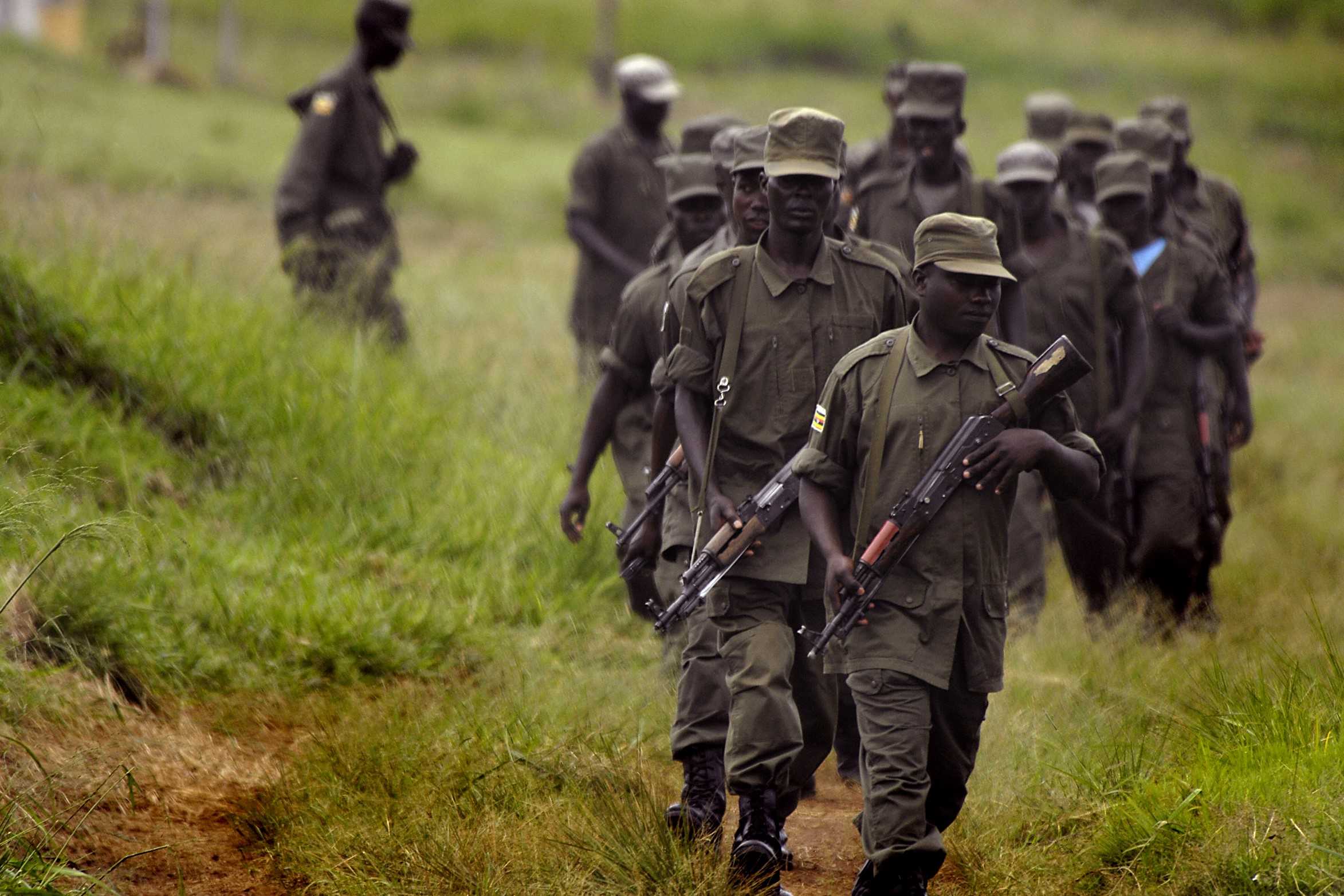
The Lord's Resistance Army (LRA) insurgency has left a significant mark on Central Africa's history. Led by Joseph Kony, the LRA began its violent campaign in Uganda during the late 1980s. But what exactly fueled this conflict, and what were its impacts? This post will delve into 30 compelling facts about the LRA insurgency, shedding light on its origins, key events, and lasting consequences. From child soldiers to international efforts to capture Kony, these facts will provide a comprehensive overview of one of Africa's most notorious rebel groups. Ready to learn more about this dark chapter in history? Let's get started.
Key Takeaways:
- The Lord's Resistance Army (LRA) was founded in 1987 by Joseph Kony in Uganda and has caused devastating impact on civilians, leading to international efforts to combat their brutal tactics.
- Despite waning influence, the LRA remains a threat, operating in smaller groups in Central Africa. Efforts for peace and humanitarian aid are ongoing to support affected communities.
Origins of the Lord's Resistance Army (LRA)
The Lord's Resistance Army (LRA) is a rebel group that has caused turmoil in Central Africa for decades. Understanding its origins helps grasp the depth of its impact.
- The LRA was founded in 1987 by Joseph Kony in Northern Uganda.
- Initially, the LRA claimed to fight for the rights of the Acholi people.
- Joseph Kony, the leader, proclaimed himself a spiritual medium with divine powers.
- The group emerged from the remnants of the Holy Spirit Movement, led by Alice Lakwena.
Tactics and Operations
The LRA's methods are notorious for their brutality and effectiveness. Their tactics have left a lasting scar on affected communities.
- The LRA is infamous for abducting children to serve as soldiers or sex slaves.
- They often use guerrilla warfare tactics, making them difficult to combat.
- The group has been known to mutilate civilians as a form of intimidation.
- The LRA operates in remote areas, making it hard for military forces to track them.
Impact on Civilians
The insurgency has had a devastating impact on the lives of countless civilians. The human cost of the conflict is staggering.
- Over 100,000 people have been killed due to LRA activities.
- More than 2 million people have been displaced from their homes.
- Thousands of children have been forced to become child soldiers.
- The LRA's actions have led to widespread psychological trauma among survivors.
International Response
The global community has taken various steps to address the LRA insurgency. These efforts highlight the international concern over the group's activities.
- The International Criminal Court issued arrest warrants for Joseph Kony and other LRA leaders in 2005.
- The United States designated the LRA as a terrorist organization in 2001.
- In 2010, the U.S. passed the LRA Disarmament and Northern Uganda Recovery Act.
- African Union forces have been deployed to hunt down LRA leaders.
Efforts for Peace
Numerous attempts have been made to bring peace to regions affected by the LRA. These efforts have met with varying degrees of success.
- Peace talks were held in Juba, South Sudan, from 2006 to 2008.
- The LRA has repeatedly broken ceasefire agreements.
- Some former LRA members have been reintegrated into society through amnesty programs.
- Local communities have initiated reconciliation processes to heal from the conflict.
Current Status
The LRA's influence has waned in recent years, but they remain a threat. Understanding their current status is crucial for ongoing efforts to combat them.
- Joseph Kony is still at large, despite numerous efforts to capture him.
- The LRA now operates in smaller, more fragmented groups.
- They have shifted their activities to the Central African Republic and the Democratic Republic of Congo.
- The group's numbers have dwindled, but they continue to recruit new members.
Humanitarian Efforts
Various organizations are working to alleviate the suffering caused by the LRA. These efforts are vital for the recovery of affected communities.
- NGOs provide psychological support to former child soldiers.
- Humanitarian groups offer education and vocational training to displaced people.
- Efforts are being made to reunite abducted children with their families.
- Medical aid is provided to those injured or traumatized by LRA attacks.
Cultural Impact
The LRA insurgency has left a significant mark on the culture of affected regions. This impact is reflected in various forms of expression.
- Numerous documentaries and films have been made about the LRA, raising global awareness.
- Survivors have shared their stories through books and art, helping to preserve their experiences for future generations.
Reflecting on the Lord's Resistance Army Insurgency
The Lord's Resistance Army (LRA) insurgency left a deep scar on Central Africa. Led by Joseph Kony, the LRA's brutal tactics caused immense suffering. Thousands of children were abducted, forced into combat, or used as sex slaves. Communities were torn apart, and countless lives were lost. Despite international efforts to capture Kony and dismantle the LRA, the group remains active, albeit weakened. The resilience of the affected communities is remarkable, as they continue to rebuild and seek justice. Understanding the LRA's impact is crucial for preventing similar atrocities in the future. The world must remain vigilant and support efforts to bring lasting peace to the region. The story of the LRA is a stark reminder of the horrors of war and the enduring strength of the human spirit.
Frequently Asked Questions
Was this page helpful?
Our commitment to delivering trustworthy and engaging content is at the heart of what we do. Each fact on our site is contributed by real users like you, bringing a wealth of diverse insights and information. To ensure the highest standards of accuracy and reliability, our dedicated editors meticulously review each submission. This process guarantees that the facts we share are not only fascinating but also credible. Trust in our commitment to quality and authenticity as you explore and learn with us.
